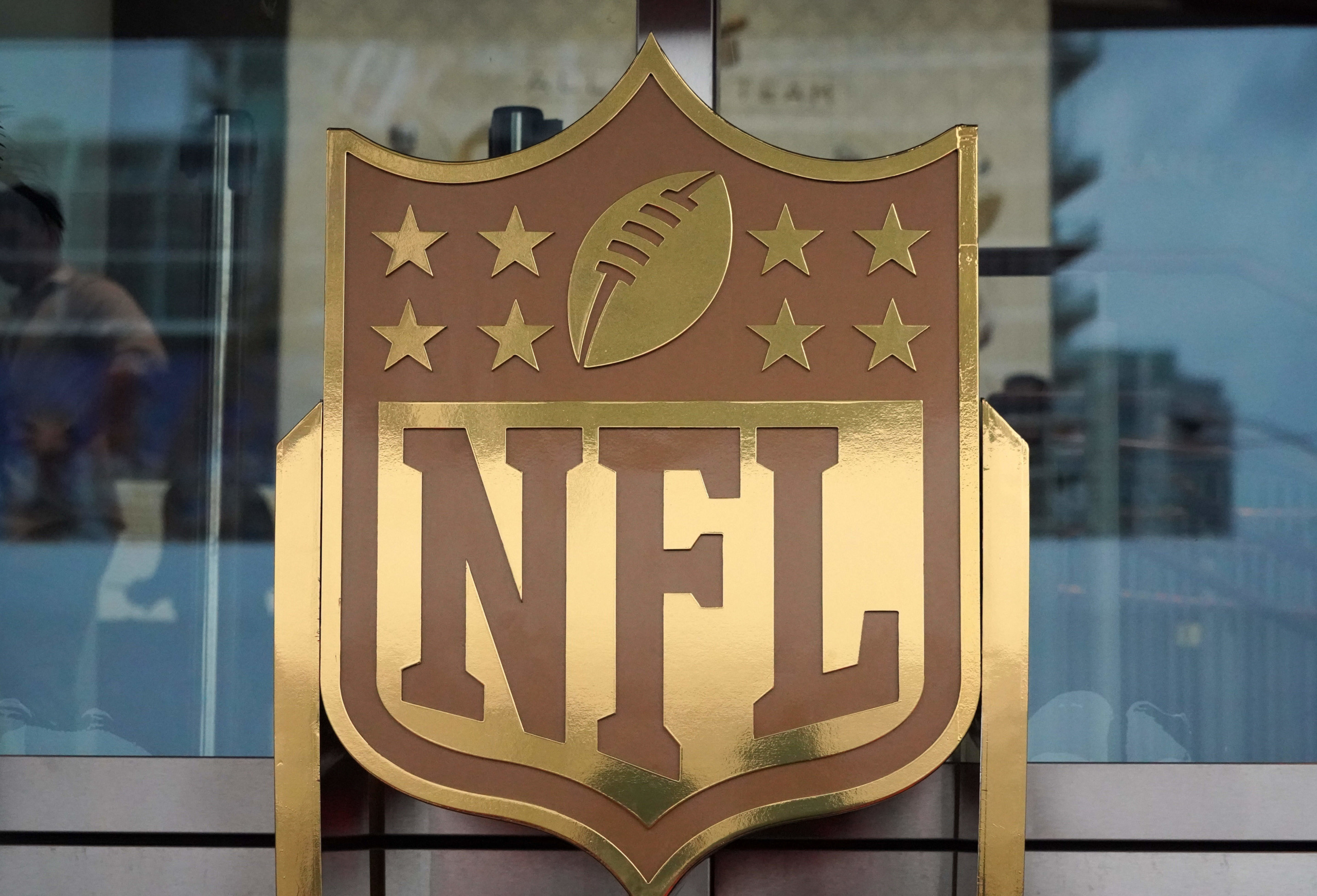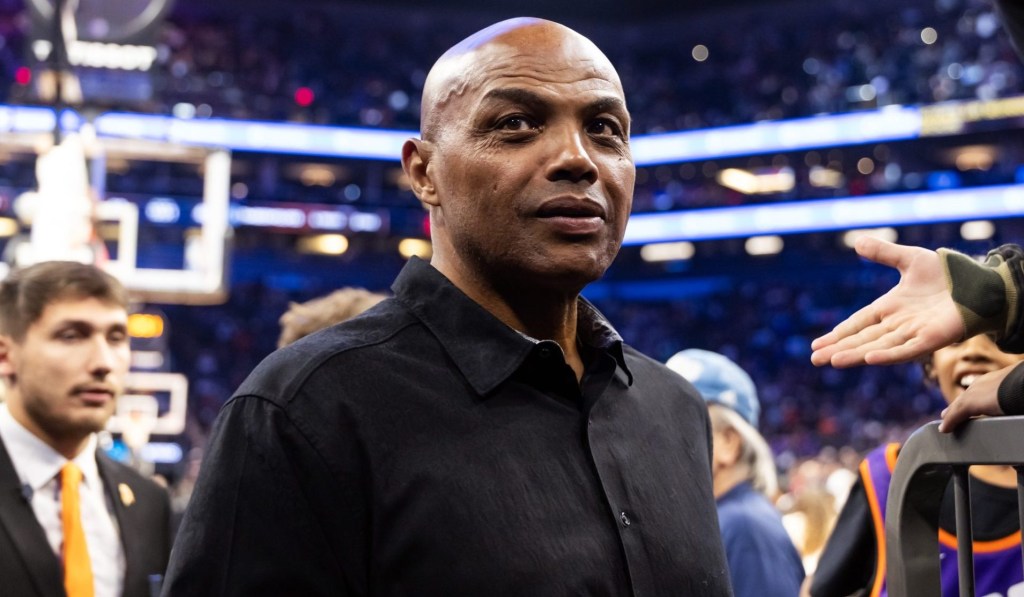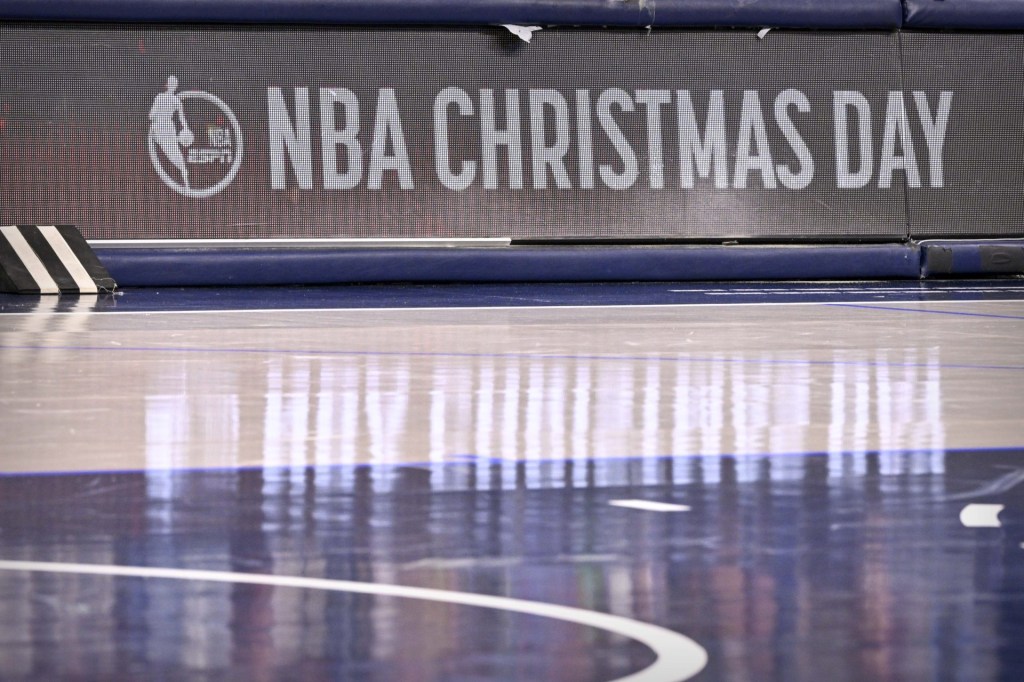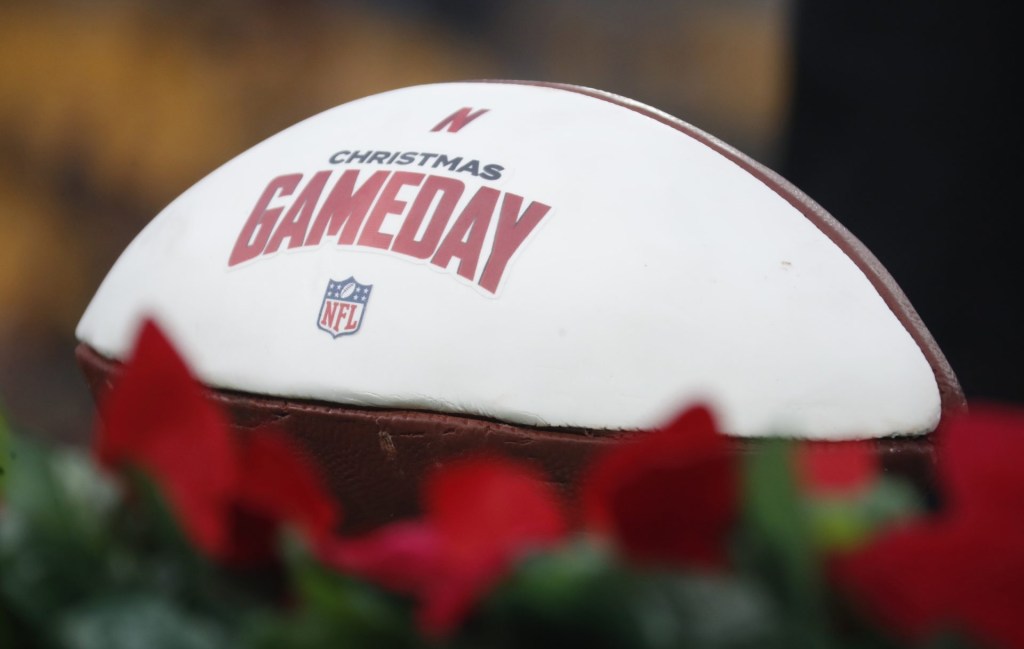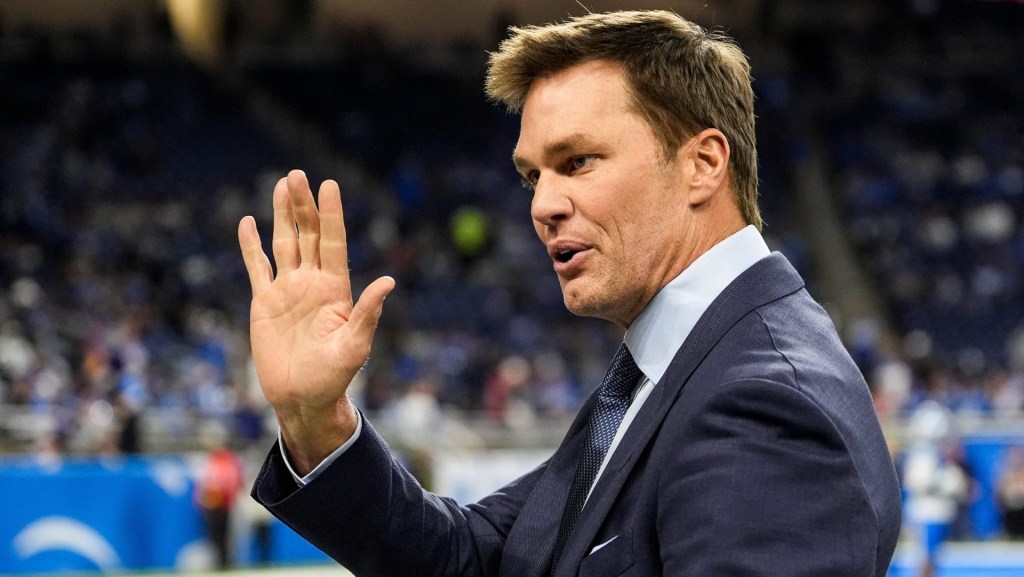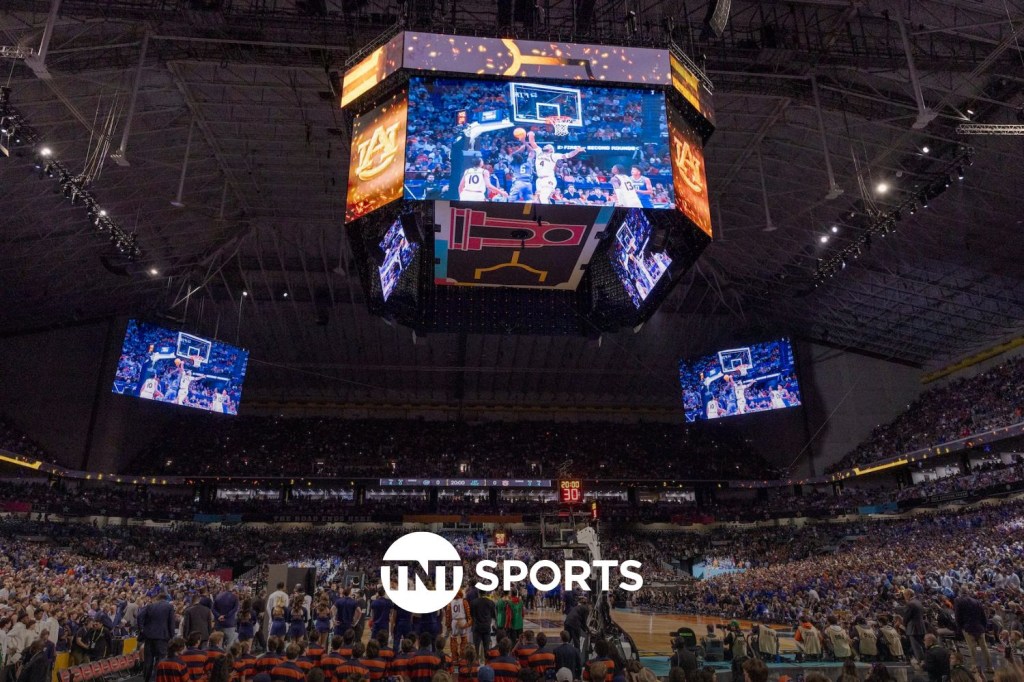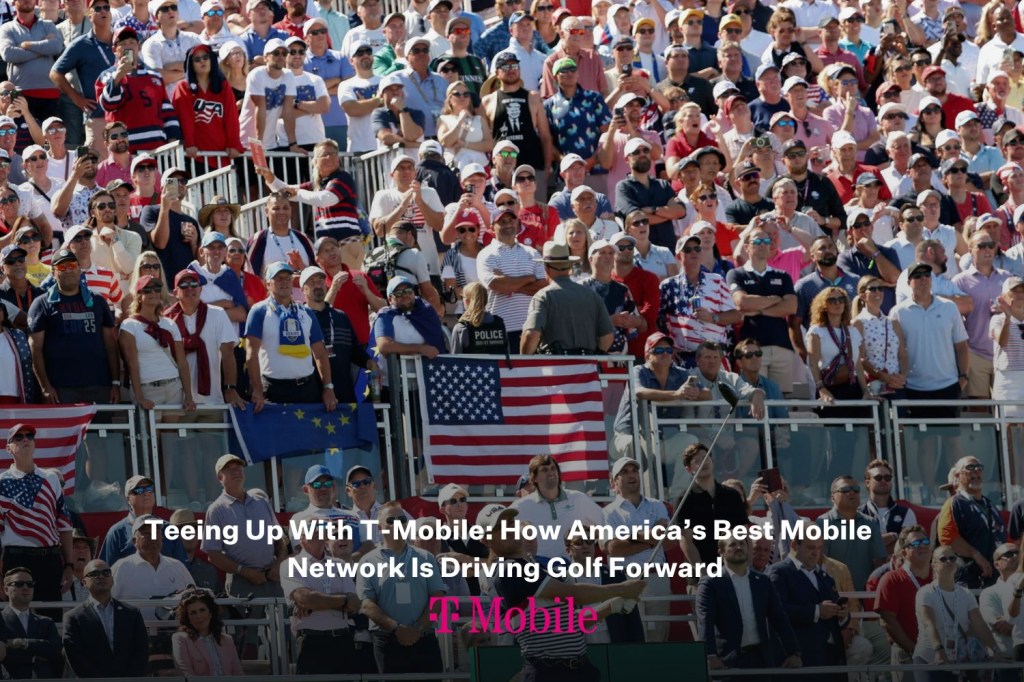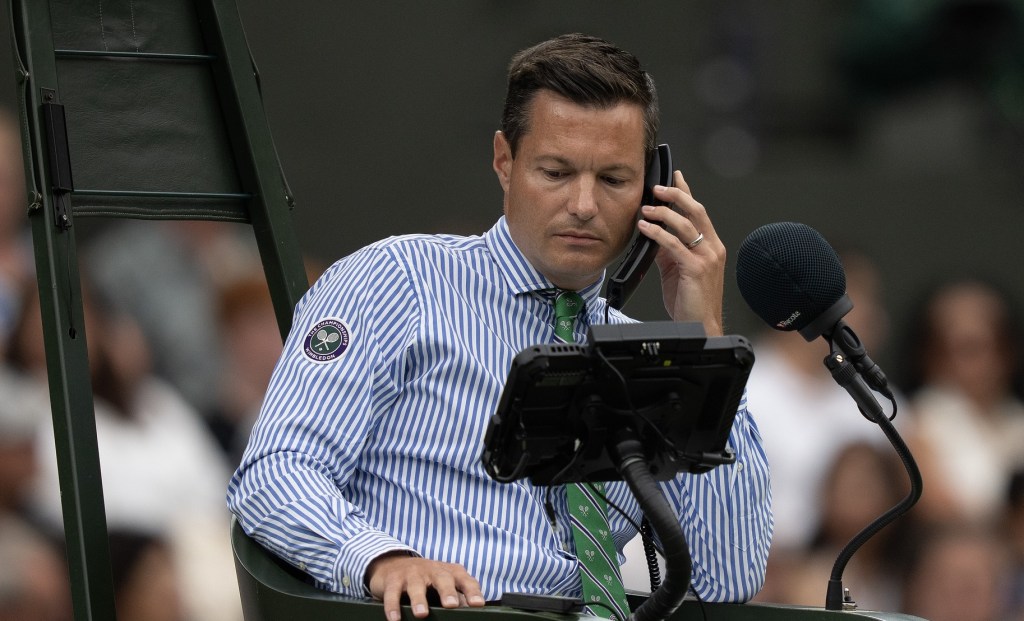This coming NFL season will have a feel unlike any other in the history of the league. A handful of stadiums plan to allow fans in a reduced capacity, while others will not allow fans at all to start the season. In order to meet the demands of NFL fans, teams, and venue staff during this unprecedented time, the right technologies will be essential.
Aaron Amendolia is the NFL’s Vice President of Information Technology Services. For many of the league’s IT and network management needs, the NFL partners with Extreme Networks. Amendolia spoke to Front Office Sports about rising to meet these new challenges in the wake of the pandemic.
“Now, everything we’re doing is a new challenge in a new operating environment,” Amendolia said. “There are custom applications and technologies coming out to help with managing a stadium. But on top of that, there are new people processes you have to consider since your support team won’t be able to physically get close to your customers. The pandemic has changed both the process side and the technology side.”
The first challenge that the NFL and venue staff around the country will need to tackle will be ingress and egress procedures. Physical contact between staffers and fans will need to remain extremely limited. Because of a reliance on contactless procedures, using the right technology and the right network solutions will be key.
“We have greatly expanded our mobile ticketing to improve the entrance process for fans,” Amendolia added. “Those types of technologies are things that we heavily invest in, but now they have to be implemented for this season with a high degree of certainty. So, having a robust infrastructure, especially wireless is very important.”
As a result of the last few months, a switch in emphasis on digital and improving technology has been greatly accelerated. The NFL has placed a much greater emphasis on mobile ticketing to coincide with their plans for keeping fans safe.
“I think what our fans want out of a game day experience has drastically changed from what it was even just last season,” Amendolia said. “I think changing the technology to things like touchless entry, our fans are going to see that we are taking these precautions to create a safe environment for everyone.”
Easing traffic flow within venues and preventing physical buildup of fans is another point of emphasis for the NFL in 2020. The league and clubs are working to eliminate unnecessary steps in getting fans where they need to go, faster.
“How do you give people enough logistics time to adapt to the mobile environment? You want to be very careful with fans and the way we plan entry into the stadium so that we’re not causing bottlenecks. These are the things we’re trying to eliminate and address. If we’re introducing more technology, and not doing it right, it could slow things down and degrade the experience for our fans.”
This, again, is why having a strong infrastructure and the best technology is key for venues. When a full stadium of fans can once again congregate to cheer on their favorite teams, IT managers will need to provide a safe and smooth digital experience.
“The stadiums are well connected and that’s been one of our goals. A lot of that connectivity has been focused on density in the seating bowl area to make sure that many thousands of fans in one space can use their technology. When you use touchless and mobile technology for operations, it’s a different type of connectivity. We’re looking at using different areas of the stadium, spreading things out. That means more operational connectivity inside the stadium, outside the stadium, and around the stadium where it has not traditionally been.”
Enhanced stadium networks like those provided by Extreme Networks will also improve the experience for fans at home. In recent years, the NFL has been experimenting with immersive video and augmented reality experiences within stadiums. The opportunity has now presented itself to bring those experiences to fans at home through digital and social channels.
“We want to bring these experiences that we’ve tailored to the high density, high quality bandwidth of the stadium, home,” Amendolia stated. “I think that’s a great IT challenge to have, and also an opportunity. Nothing replaces being at an NFL stadium on game day but we are excited to be able to engage fans in a new way for 2020.”
It may not be like what sports fans are used to, but the return of the NFL will have numerous positive impacts on the sports industry and the American economy as a whole. Having a strong IT and wireless infrastructure will be an essential part of making this happen.
